Optimizing Performance in SFTP Environments: Tips and Tricks for Maximizing Speed
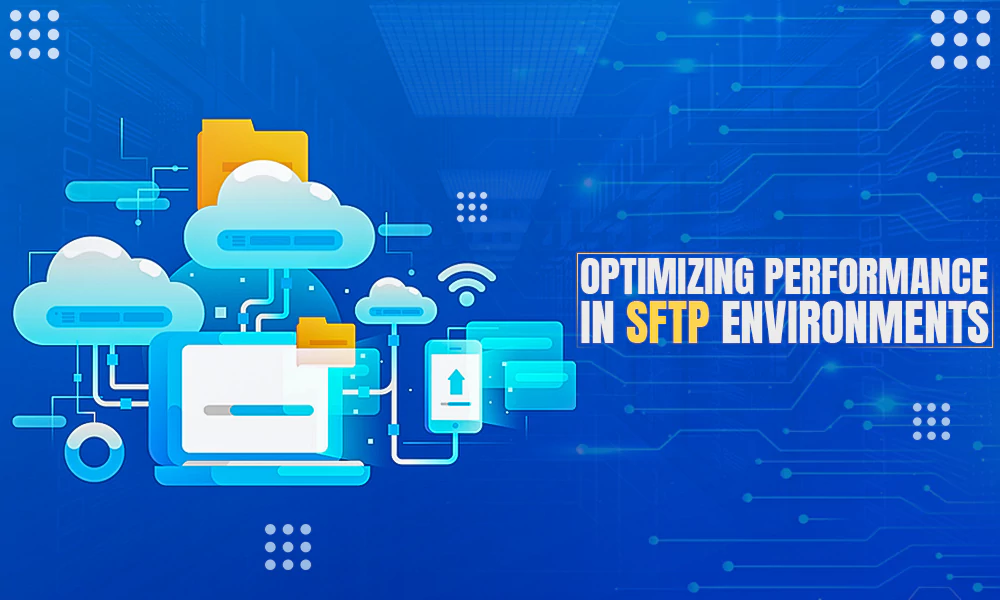
Today’s digital landscape demands secure and effortless data communication. This is where the Secure File Transfer Protocol (SFTP) emerges as a critical option for protecting sensitive data in transit.
It is an enhanced version of the secure shell (SSH) that uses the same encryption to provide secure file transfer over networks. It provides strong encryption authentication to protect against various attacks, allowing the secure transfer of files between two networked systems.
Although it is a secure, reliable, and fast protocol for transferring data, the performance can sometimes lag behind less secure methods due to its encryption and authentication overheads.
So for companies that rely on the rapid movement of data, optimizing the performance of their SFTP environments without compromising the security integrity of a secure FTP server is crucial. This is why today, I will brief you on the management tips for enhancing the speed of the SFTP.
Upgrade Your Infrastructure
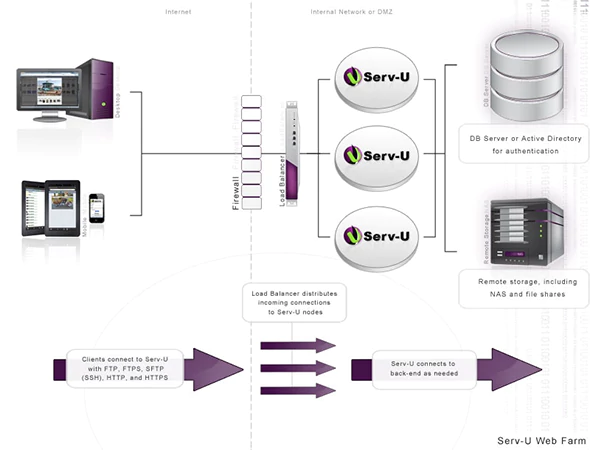
Now imagine that you are a government official; this means you are responsible for the development and maintenance of the infrastructures. The following time, you are going to develop infrastructure such as bridges, buildings, and airports to name a few.
Just like how the performance of the country’s performance and well-being depend on the infrastructure, the performance of SFTP environments is unsurprisingly subject to the robust hardware and the network infrastructure.
To have the protocol running swiftly, investing in the enhancement of the servers, network connections, and security protocols like SSH is a smart choice to optimize your hardware.
This way, you get to optimize and process your data quickly and efficiently without it being visible to other unknown users.
Faster data access and write speeds are achieved by employing solid-state drives (SSDs) over conventional hard disk drives (HDDs)
Optimize Your SFTP Server Settings
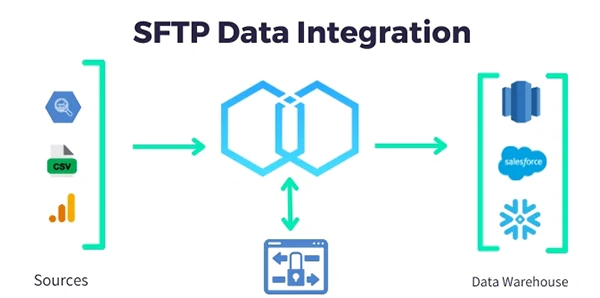
Organizations and businesses use the SFTP because of their need for data integration for efficiency, which can be tricky sometimes. This is where optimization strategies come into force for fixing and improving the performance. All this is done without disrupting the workflow.
Following are the issues that optimization addresses:
- Security Concerns (robust hardware and the network infrastructure)
- Data Compatibility (differing formats and structures)
- Error Handling (making errors such as incomplete or corrupt files)
- Synchronization (consistency in the maintenance between the sources and the destination system)
- Data volume and velocity (Size of the files and transfer rates)
Using optimization strategies such as mapping tools, data standardization, encryption, authentication, and automated error detection can solve these problems.
Parallel Transfers
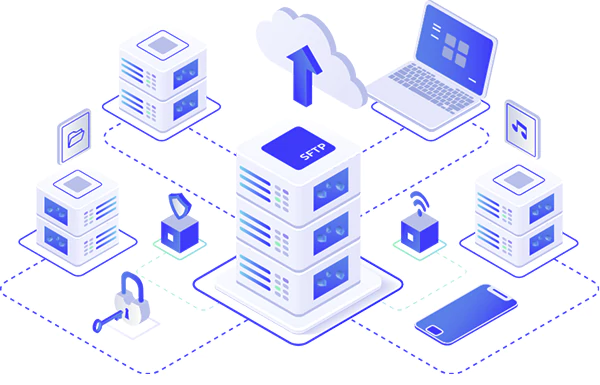
Instead of transferring a large file as a single block, consider breaking it down into smaller chunks and transferring them simultaneously. Many SFTP clients support parallel file transfers, which can significantly reduce the overall transfer time. This method is particularly effective when dealing with large files or when transferring multiple files at once.
Compress Files Before Transfer

File compression refers to the size reduction of the files by using data compressing tools. It involves scanning for repetitive data that are to be replaced by unique identifiers to reduce space consumption.
Although SFTP doesn’t compress the data itself, we can either use the automatic compressor tools available or manually compress the data ourselves before transferring the files.
Avoiding such issues should always be prioritized, i.e., by checking the size and nature of the data. In case you missed it, don’t fret because we can always compress them while using various tools.
Use a Content Delivery Network (CDN)
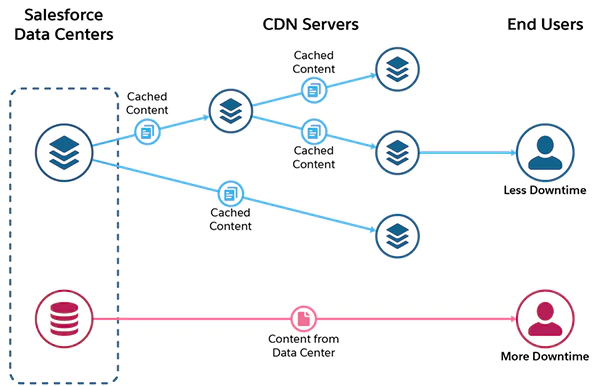
A Content Delivery Network is a network of servers geographically distributed that store the cached versions of web assets/files/data. They are the industrial standards for web applications.
This is because of their capability to provide faster and more secure content delivery.
They store copies of the files in multiple locations across the globe and allow us as users to download from the closest to us, thus reducing download times.
Regularly Monitor and Audit Your SFTP Environment
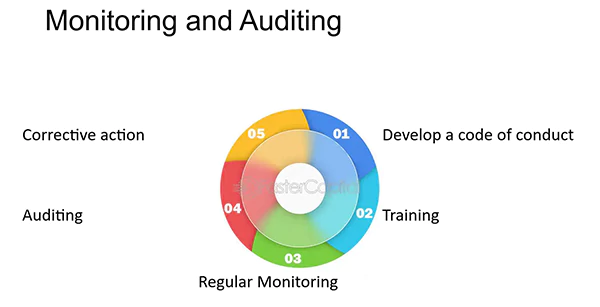
Aside from the ongoing processes of developing infrastructure and performance optimization, monitoring the SFTP environment is a must. This helps in discovering the loopholes and scope for improvement in every area possible.
You can safeguard the SFTP servers with the implementation of robust intrusion detection and prevention systems (IDPS). These tools help you by continuously monitoring and also providing analytics.
Real-time reports and analytics are provided by IDPS that provide you with the information of the IP addresses, locations, and critical metrics which will be quite handy while making informed decisions about the further steps.
Final Note
On a final note, I am confident that SFTP is not lackluster; it is just underutilized to date.
Utilizing tools and following the above steps of infra-upgradation, server optimization, parallel transfers, file compressions, and regular monitoring surely enhances the speed of the SFTP data transfers with cybersecurity in the main frame.










